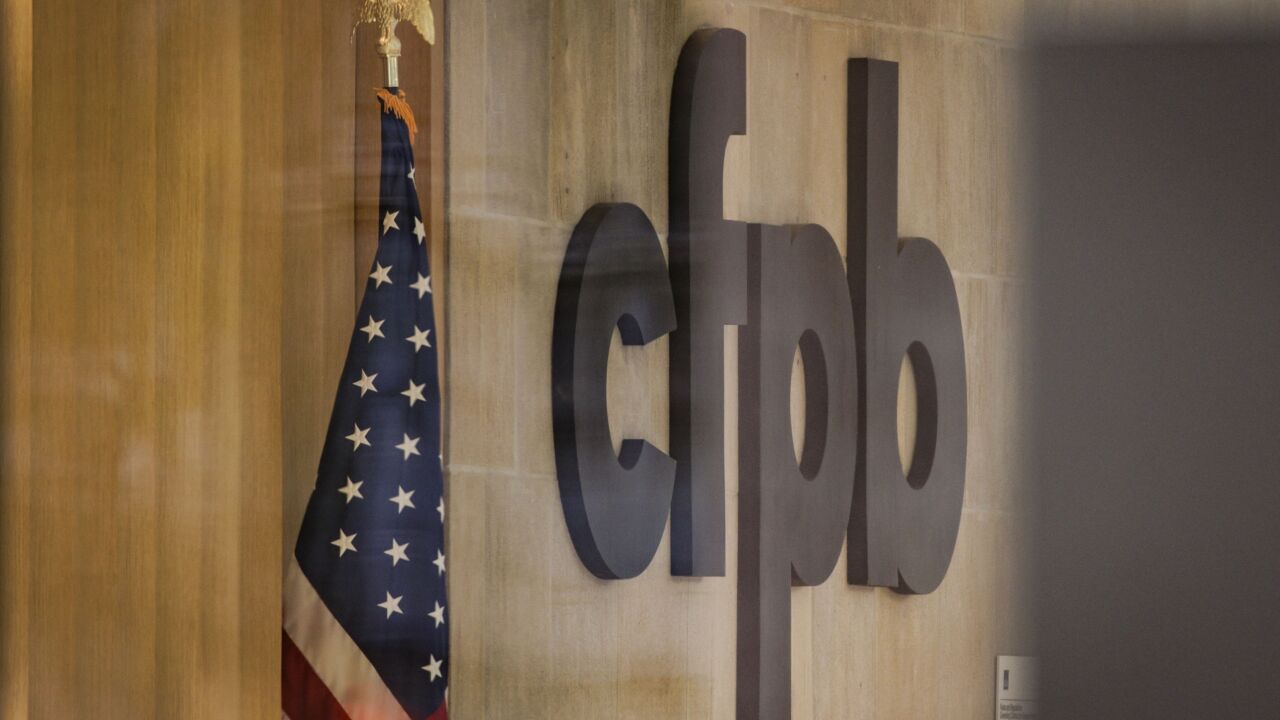Technological change isn't necessarily feared in the mortgage industry, but new innovation is often not embraced until other financial products have reached almost full adoption. But the sheer pace of volume that's resulted from the real estate boom is causing some lenders, including the likes of Union Bank of California and Saxon Mortgage, to do vigorous upgrades while they digest their dramatic growth.
Market sources say this embrace of technology is necessary to both cut expense and boost service in a market that's becoming increasingly cutthroat.
"If you look at the economics of refinancing, eventually that boom that occurred is going to be coming to a decline," says Madhavi Mantha, senior analyst with Celent. "Lenders are really looking for ways to better serve their customers-because they are facing more competition-and to reduce operational cost of their origination and servicing cycles." Two such lenders are Union Bank of California and Saxon Mortgage Services, which recently rolled out technology platforms on the approval and servicing ends, respectively. And in doing so, the companies are moving toward the future, one unplugged green screen at a time.
Union Bank of California, a San Francisco, CA-based company with $51.2 billion in assets and 318 domestic and international branches, has adopted a unified point-of-sale program that automatically underwrites up to 70 percent of the bank's loans.
This "underwriting highway" is made possible by allowing brokers to price and lock loans, order settlement services, submit exception requests, check loan status and get automated loan approvals at the POS. Before the program's implementation, Union Bank's system was entirely manual, and gave brokers no way to track loan status; now, with the increased speed automated approvals offer, the bank is poised to greatly increase loan volumes without having to add staff.
The technology behind the move comes from Dorado Corp., a firm headquartered in San Mateo, CA, that specializes in Web-based home lending systems. The unified POS platform is based on three applications: the Web-based ChannelMaster, which handles loan marketing, originating and fulfilling; PriceMaster, a rules-based pricing and decision-making system that creates and manages products across multiple channels and partner tiers; and another rules-based system, SourceMaster, which manages decision-making for sourcing and fulfilling third-party services.
The platform's strength, says Chris Sabbe, senior manager of business solutions at Dorado, is its "ability to unite all users, if you will-whether it be the borrower, the broker, the loan officer, the processor, the underwriter-under one roof, taking it all the way through from a lead or a loan, all the way through submitting down through the LOS."
On the other end of the mortgage finance process-servicing-is Saxon Mortgage Services of Fort Worth, TX, which, having experienced 203 percent loan servicing growth over the last year-putting its total production volume at $4.1 billion-recently opened a second office in Virginia. Chief among its post-expansion needs was the ability for both branches to have access to the loans in real time.
Fiserv Lending Solutions of Brookfield, WI, who has had a relationship with Saxon since 2003, stepped up to the challenge. The newly implemented platform, MortgageServ, is browser-based and scalable, and allows both servicing centers equal loan access.
"The key there is that [MortgageServ] is built on an on-line, real-time architecture," says Thomas Gorman, COO for MortgageServ. Furthermore, the program lets each center to be monitored on an individual basis while allowing Saxon to report loan performance as one company. "From a challenge standpoint, you can do peer challenges for collection efforts, and accountability and profitability and things like that," says David Dill, Saxon's president. "That's all one of the big advantages that we have available to us as we move forward."
That move forward includes the possibility of opening additional servicing centers-Saxon, hoping to continue the rapid growth it saw last year after it acquired third-party servicing rights, purchased a total of four entities from Fiserv.
"It'll also allow us to do private labeling, if we want to go into that market in the future," Dill says. "We can customize and create a private label syndrome for other lenders that want our service on their behalf. So that would allow us to have that functionality without having to make any more modifications to the system from what we initially would then have done when we converted."
Both Saxon and Union Bank say the rollouts were relatively painless. Saxon converted its systems in May, which gave it 60 days of testing before going live in July; Dill says the adaptation, which cost Saxon approximately $1 million, was "a non-event."
Meanwhile, Union Bank ended the pilot phase of the program in August, and now has 30 percent of its 65 brokers trained on the system, a number it hopes to have at 100 percent by early 2006. "When fully implemented, we think probably up to 80 percent of the loans that we're doing on a wholesale basis will come through the platform, and it'll be a significant time-saving source," says Richard West, Union Bank's svp and division head of residential lending. West declined to comment on the cost of the Dorado collaboration. "Although, we didn't do this to save money or save cost. We did it strictly to improve service levels."
Ultimately, service volume is the best bottom-line barometer, and the market for technology that promises its improvement is crowded. "I think that Dorado's competing with some of the more traditional providers of loan origination systems who themselves are trying to position themselves as essentially providing newer technology options to some of their older solutions," says Celent's Mantha. "So the Dorados of the world are competing with the Fiservs and the Fidelities, but they're also competing with other Dorado-like companies [such as] Dexma."





